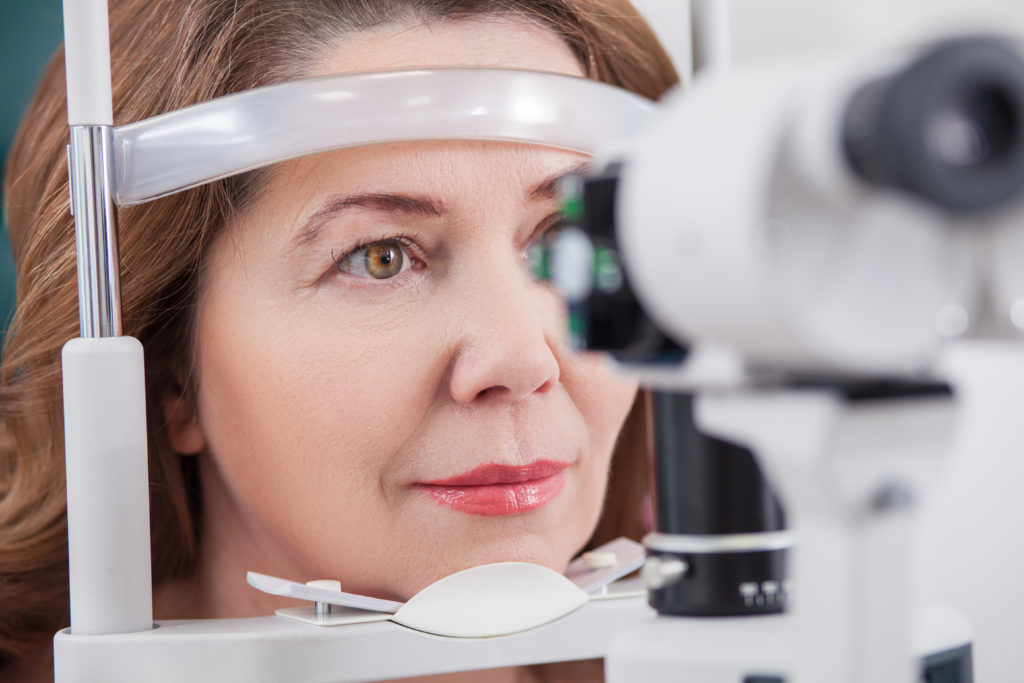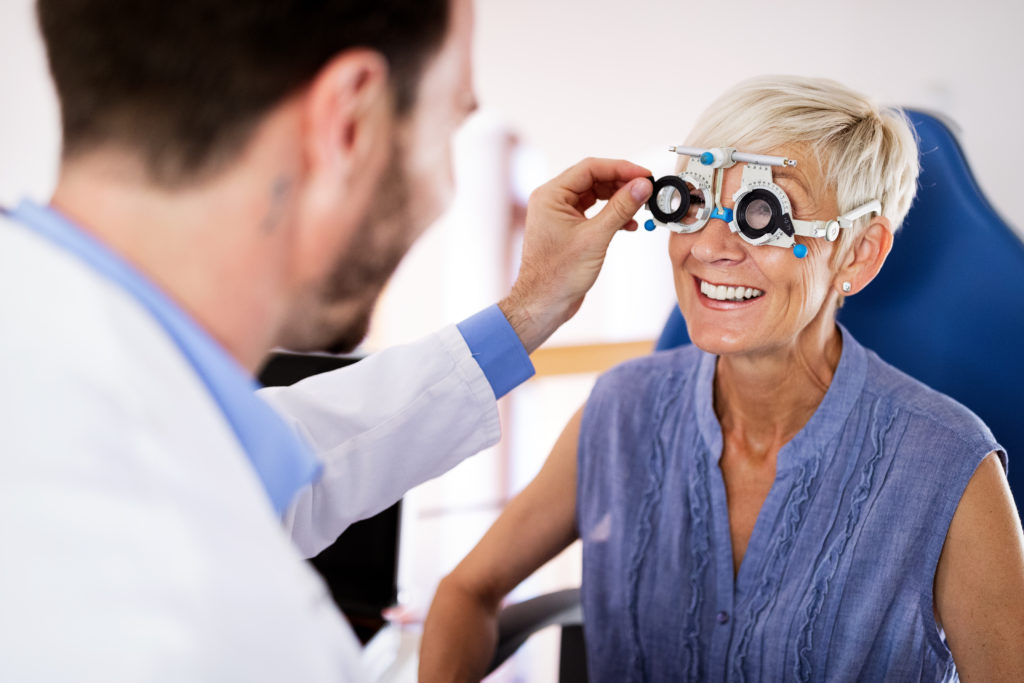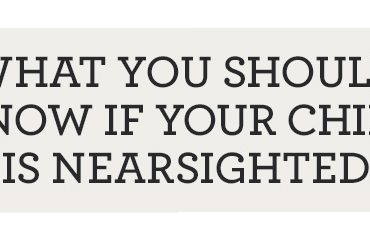
Cataracts are the leading cause of vision loss in the United States, affecting nearly 25 million Americans above the age of 40. Although seniors are the most commonly affected, cataracts can become present at any age. Those who smoke, have high blood sugar, spend time in the sun without adequate eye protection, or use steroid medications have a much higher risk of experience a cataract. As you age, you must be aware of cataract symptoms so you can schedule an appointment with your eye doctor at the earliest sign to prevent the progression of cataracts and vision loss. Left untreated, your cataracts will worsen over time.
What Is a Cataract?
In a healthy eye, the lens in your eye is clear. As a cataract develops, this normally clear lens begins turning yellow and foggy. The cloudy, opaque area covering the lens of the eye is known as a cataract. Your vision will be significantly impacted by cataracts, beginning with slight blurriness and progressing to complete vision loss over time.
Look for These Cataract Symptoms
Because cataracts can worsen over time, you must detect a cataract at the earliest warning signs. An early cataract diagnosis allows you to get the necessary treatment to slow down the progression. Cataract symptoms include:
Cloudy Vision
In the early stages of cataracts, you’ll begin to notice increasingly cloudy or hazy spots within your field of vision. It can take longer for nearsighted patients to recognize the problem is related to cataracts because the increased blurriness is usually seen as a progression of their existing eye condition. This change is very subtle at first, but will gradually worsen over time. Whether you’ve noticed constant blurred vision or the sudden onset of fogginess, search for an “eye doctor near me” to get your vision checked.

Poor Night Vision
If you find yourself tripping over things when going to the bathroom in the middle of the night or struggling to drive after the sun goes down, you must get your eyes checked. Those dealing with cataracts often experience worsening night vision. This gradual loss of night vision at night
doesn’t usually make things “darker” during the day, so if you aren’t driving in the dark or walking about your home at night you might not notice right away.
Light Sensitivity
Do you find yourself struggling or feeling discomfort when stepping outside on a bright and sunny day? Are the bright lights in your home giving you a headache? When dealing with cataracts, you might notice an increased sensitivity to bright lights. Watch out for signs of this, such as closing your eyes or squinting when surrounded by bright light.
Halos or Glares
Noticing glares or halos surrounding bright lights in an early sign of cataracts. At first glance, you might assume your contacts or glasses are dirty or that your eyes are tired. Upon deeper inspection of an eye doctor, you might realize that the halos and glares are because of cataracts! Similar to light sensitivity, this early warning sign is much more noticeable at night than during the day.
Rancho Santa Fe Optometry provides diagnosis, treatment, and management of ocular diseases such as cataracts. Contact our team to schedule a comprehensive eye examination in the Rancho Santa Fe, California area.
